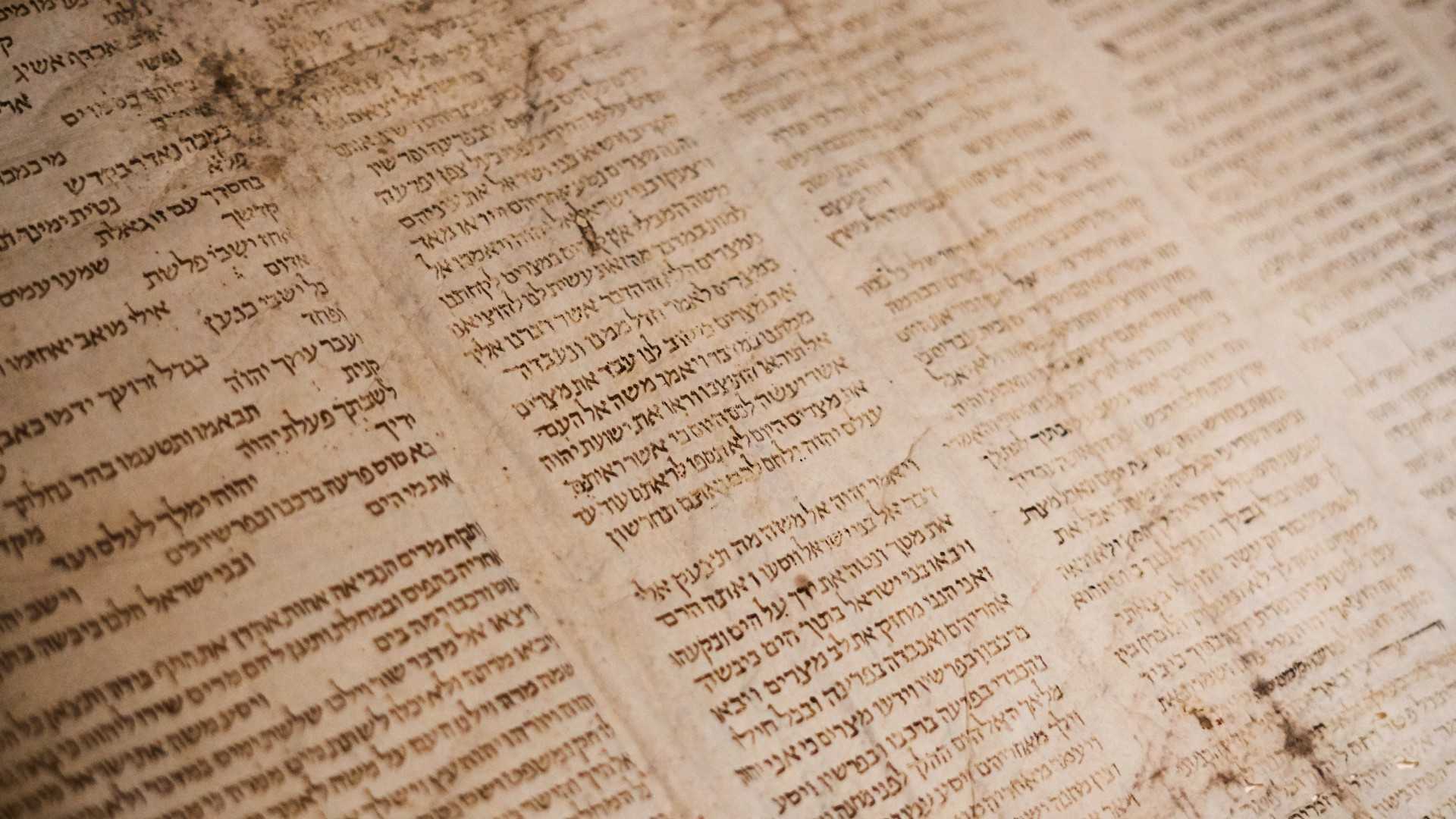The Bible can now be read in nearly 700 different languages. For the New Testament, the number jumps to over 1,500 languages. It’s not surprising, then, that the Bible is the most translated book in history.
Christians see the number of translations as a good thing—more people are able to read God’s word in their own language. Others, however, seem to think the number of translations is a bad thing. In fact, they cite the number of translations in order to call into question the Bible’s reliability.
In a Newsweek cover story titled “The Bible: So Misunderstood It’s a Sin,” journalist and author Kurt Eichenwald asserts,
No television preacher has ever read the Bible. Neither has any evangelical politician. Neither has the pope. Neither have I. And neither have you. At best, we’ve all read a bad translation—a translation of translations of translations of hand-copied copies of copies of copies of copies, and on and on, hundreds of times.
There are two different challenges in play here. The first concerns the translation of the text. The second concerns the transmission of the text. We will focus our attention on the former challenge since we’ve written on the latter challenge here.
The Challenge
If there are multiple steps in the translation process, then it’s possible something gets lost in translation. Consequently, if our modern Bible translations are a translation of a translation of a translation of a...well, you get the point, then they probably don’t resemble what the authors intended. This would be akin to playing the Telephone Game with people who translate the message into a different language as they pass it along to the next person.
Just the Facts, Ma’am
For this challenge, we need to employ the “Just the Facts, Ma’am” tactic. Many challenges to Christianity are based on bad information. They don’t get the facts right. We can overcome these objections by a simple appeal to the facts.
So, what are the facts in this instance?
Eichenwald and those who continue to espouse this nonsense are wrong about how modern Bible translation works. In reality, the modern English translations go back to the original languages. In fact, those who can read the original languages—Greek, Hebrew, and Aramaic—are in a position to know what the authors actually wrote in the original languages. As a result, there is only one step in the translation process—the original language to modern language. That’s right, every modern translation has only been translated once. It’s not “a translation of translations of translations”; it’s just a translation. Therefore, modern translators are in the best position possible to provide an accurate translation.
Our modern Bible isn’t a bad translation—a translation of translations of translations. Of course, this still leaves the question of the transmission of the text. But that’s a separate issue that we’ve addressed. In the challenge before us, it is enough to point out that the number of translations doesn’t affect the reliability of the text.

